Sigma A 24-35 mm f/2.0 DG HSM
7. Coma, astigmatism and bokeh
| Center, 24 mm, f/2.0 | Corner APS-C, 24 mm, f/2.0 | Corner FF, 24 mm, f/2.0 |
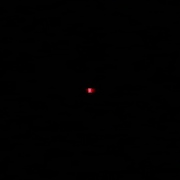
|
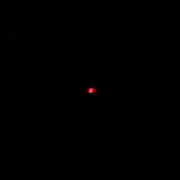
|
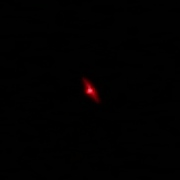
|
| Center, 28 mm, f/2.0 | Corner APS-C, 28 mm, f/2.0 | Corner FF, 28 mm, f/2.0 |
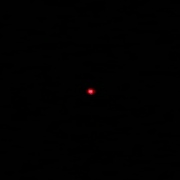
|
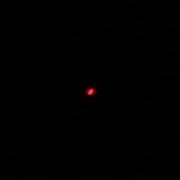
|
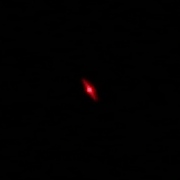
|
| Center, 35 mm, f/2.0 | Corner APS-C, 35 mm, f/2.0 | Corner FF, 35 mm, f/2.0 |
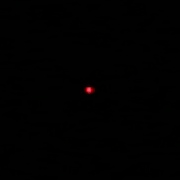
|
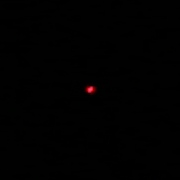
|
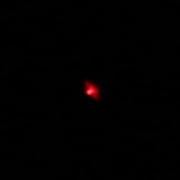
|
When it comes to the astigmatism, understood as an average difference between horizontal and vertical MTF50 function values, it amounted to 4.6%. Any result lower than 5% we considered to be slight so the Sigma 24-35 mm deals with the correction of that off-axis aberration pretty well.
Please Support UsIf you enjoy our reviews and articles, and you want us to continue our work please, support our website by donating through PayPal. The funds are going to be used for paying our editorial team, renting servers, and equipping our testing studio; only that way we will be able to continue providing you interesting content for free. |
- - - - - - - - - - - - - - - - - - - - - - - - - - - - - - - - - - - - - - - - - - - - - - - -
Defocused images, provided by the Sigma 24-35 mm are quite nice for a zoom lens. It would be really difficult to find any serious flaw in the appearance of defocused circles of light; still you can have slight reservations concerning delicate traces of onion rings which are visible in all defocused light points.
| Center, 35 mm, f/2.0 | Corner APS-C, 35 mm, f/2.0 | Corner FF, 35 mm, f/2.0 |
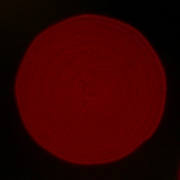
|
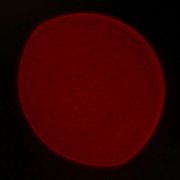
|
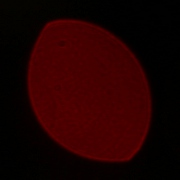
|
| Center, 35 mm, f/2.8 | Corner APS-C, 35 mm, f/2.8 | Corner FF, 35 mm, f/2.8 |
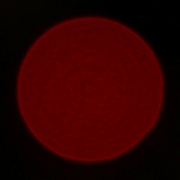
|
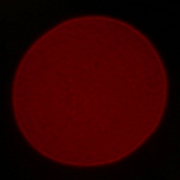
|
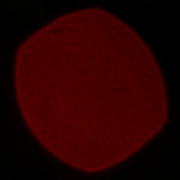
|
Center, 35 mm, f/4.0 | Corner APS-C, 35 mm, f/4.0 | Corner FF, 35 mm, f/4.0 |
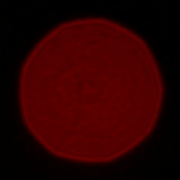
|
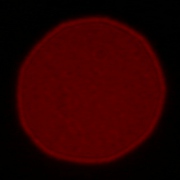
|
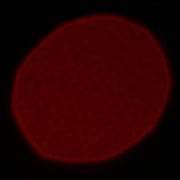
|
An attentive Reader might notice that the photo showing the circle of light in the frame centre at 35 mm and by f/2.0 features distinct traces of the aperture blades and it shouldn’t because it is actually the maximum relative aperture so the lens is not stopped down at that place. If you compute linear quotients of the dimensions of the circles you get by particular apertures you might get even more worried. As by f/2.8 and f/4.0 and by f/4.0 and f/5.6 these quotients amount to about 1.41-1.44 (so near the regulation limit of 1.414 – the value of a square root of two), the circle dimensions quotient by f/2.0 and f/2.8 was about 1.29. It might mean that the maximum relative aperture is not as big as f/2.0 but rather f/2.2. A fraud? A trick to make the parameters look better? Before you make any accusations let’s think about it for a while…
The Sigma A 24–35 mm f/2.0 DG HSM is a telephoto lens which front element remains immobile all the time and the rear element changes its position. The focusing is done by shifting elements inside the lens’s construction. It should be emphasized and you should remember that in a case of such instruments, all parameters are stated for rays of light coming from infinity. When you move away from that infinity the focal length and the relative aperture don’t necessarily have to be exactly as described on the casing. We got our circles for a position being the equivalent of the minimum focusing distance so we could expect that our results might differ from those we would be able to get for rays of light coming from infinity.
Unfortunately we cannot set the lens at infinity and take a photo of a diode; we won’t get sensible dimensions of the circles that way. Still we can make a series of measurements of the circles’ dimensions by different apertures and distances of, respectively, 0.28, 0.35, 0.5 and 0.7 of a meter. For all these values we managed to get circles of a sensible size by the following apertures: f/2.0, f/2.8, f/4.0 and f/5.6. Sample images (preserving the scale in all crops) are presented below.
| 35 mm, f/2.0, 0.28 m | 35 mm, f/2.8, 0.28 m |
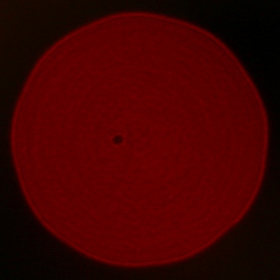
|
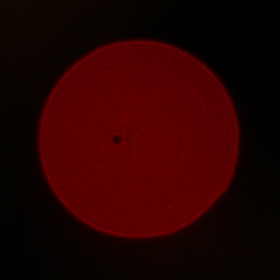
|
| 35 mm, f/2.0, 0.35 m | 35 mm, f/2.8, 0.35 m |
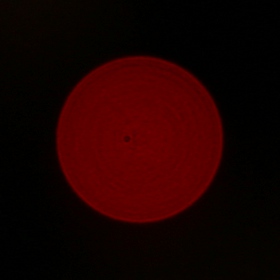
|
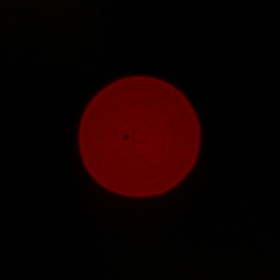
|
| 35 mm, f/2.0, 0.5 m | 35 mm, f/2.8, 0.5 m |
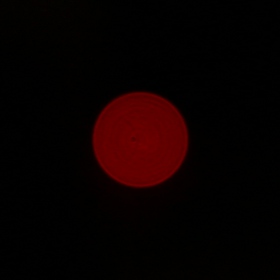
|
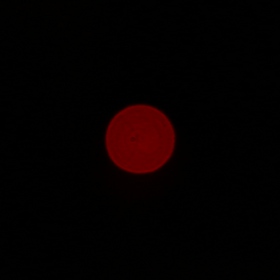
|
At the minimum focusing distance the quotient between dimensions of the circles we got by f/2.0 and f/2.8 is indeed too small, amounting to 1.284, whereas at higher apertures it keeps a level a tad bigger than 1.4. Still the situation changes when you set the focus at 0.35 of a meter and you can observe it in crops, presented above; at that distance by f/2.0 the aperture is no longer visible and the circle remains perfectly round. The quotient of its dimensions and the dimensions of a circle we got by f/2.8 amounts to 1.39, much closer to the expected value of 1.414. When you pass to distances of 0.5 and 0.7 of a meter that quotient increases slightly, reaching 1.40. It is precisely a value you should expect, within the margin of measuring error and a tolerance margin set by the producer. There is nothing wrong with the Sigma’s relative aperture after all.
Just let me add that at the 24 mm focal length, even with the focus set at 0.28 of a meter, the image of the circle remains perfectly round.






